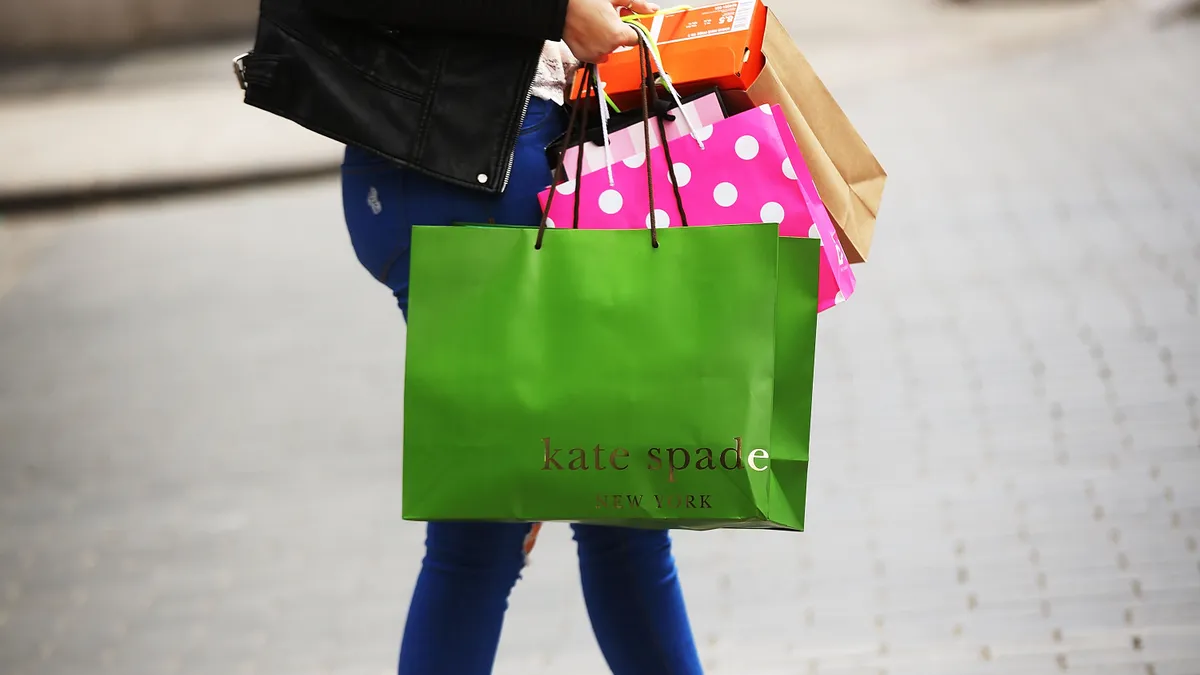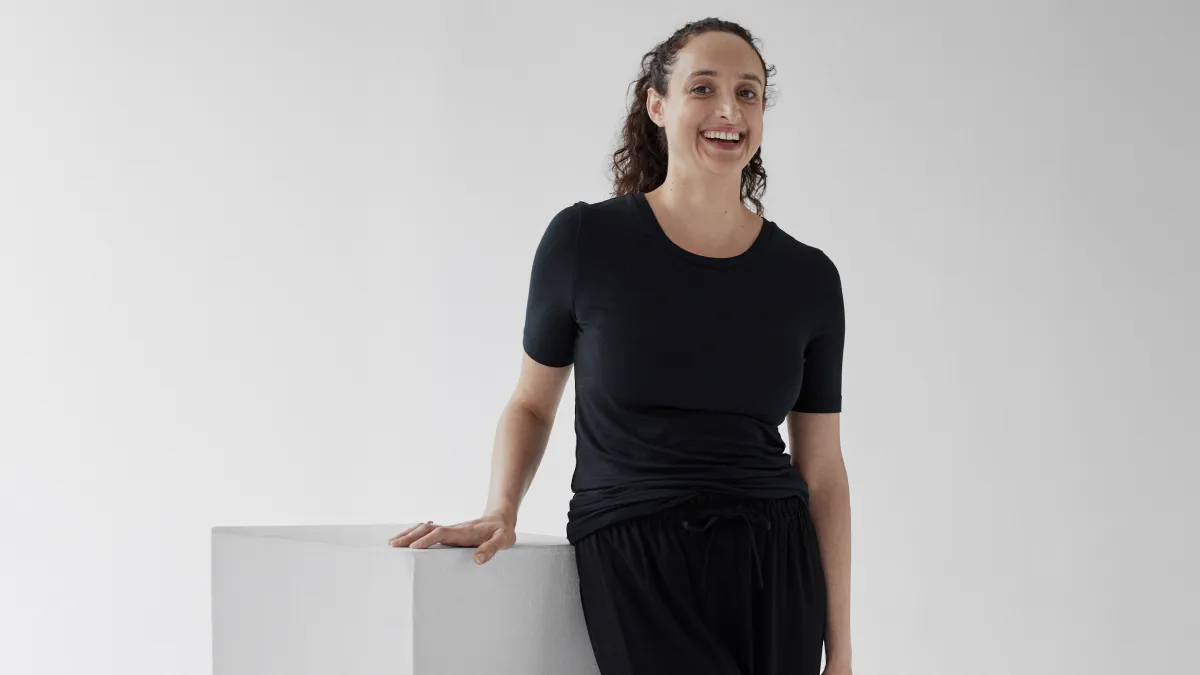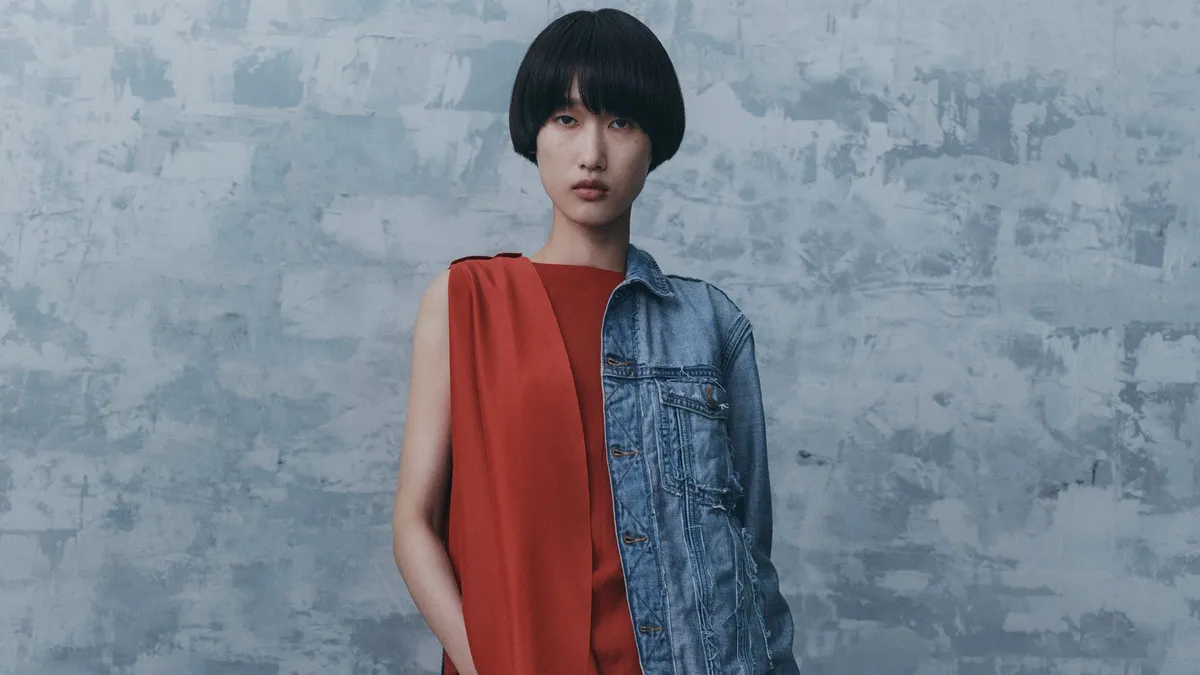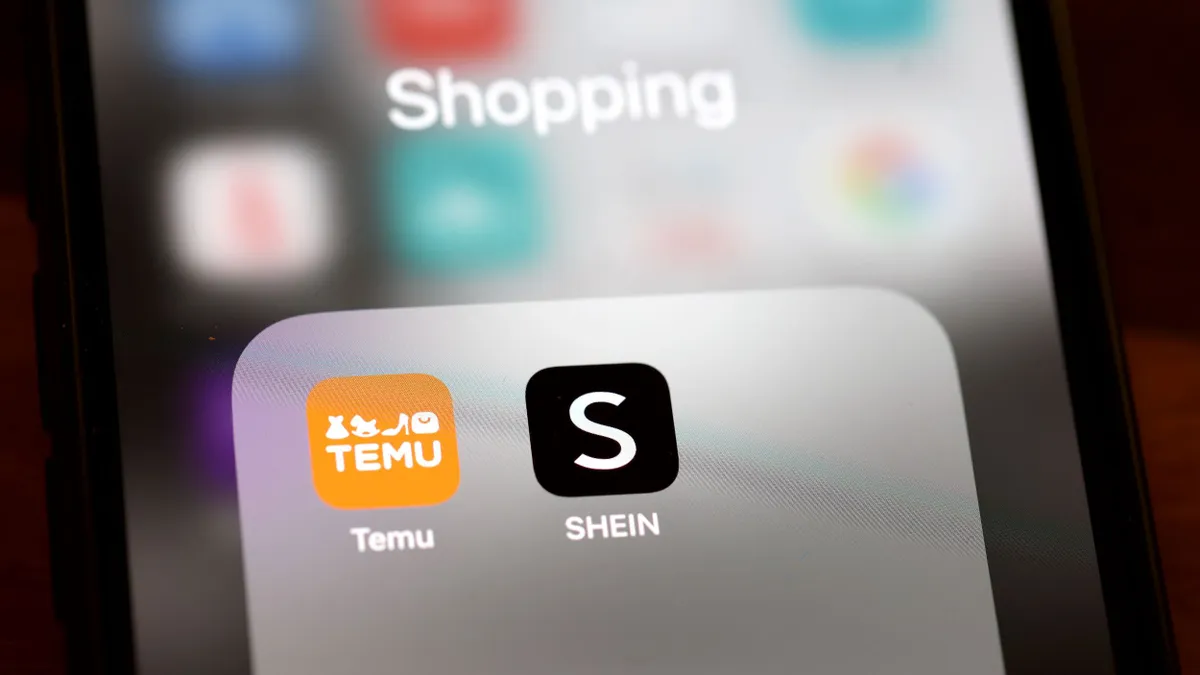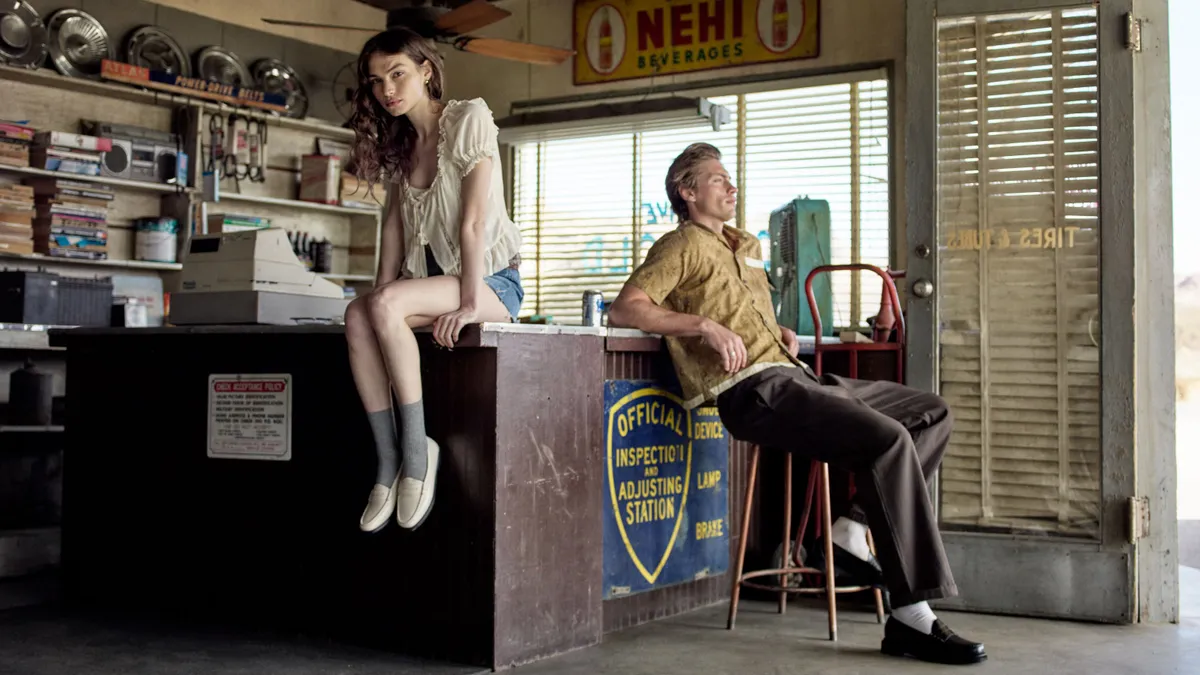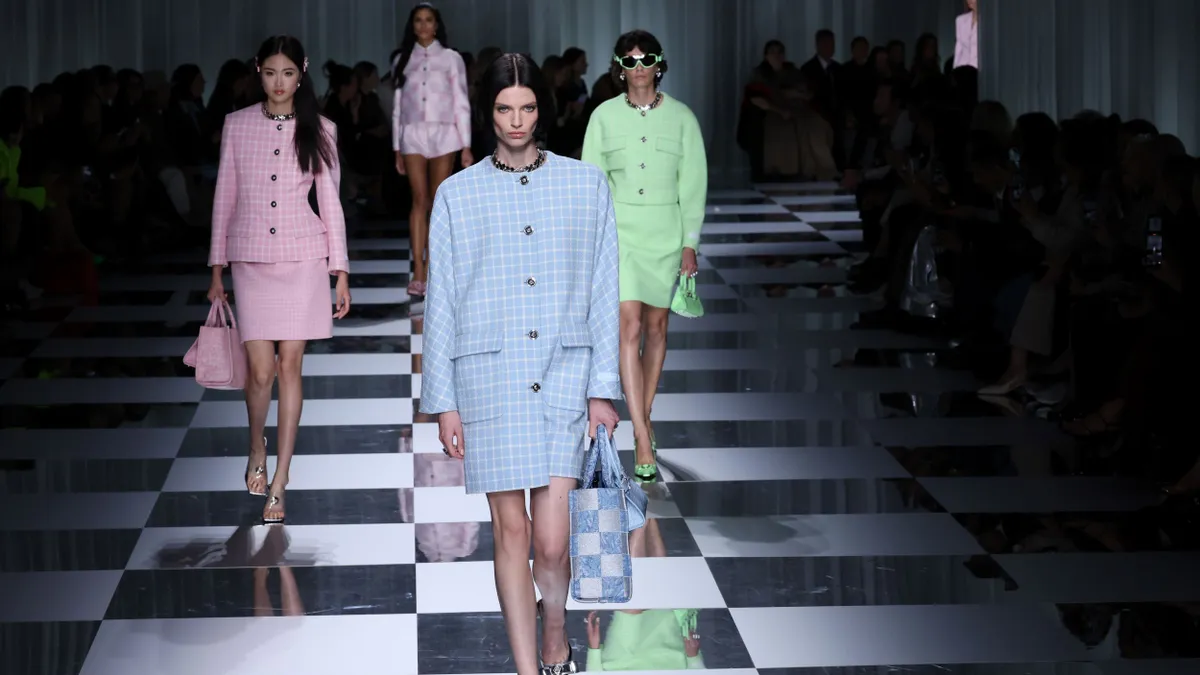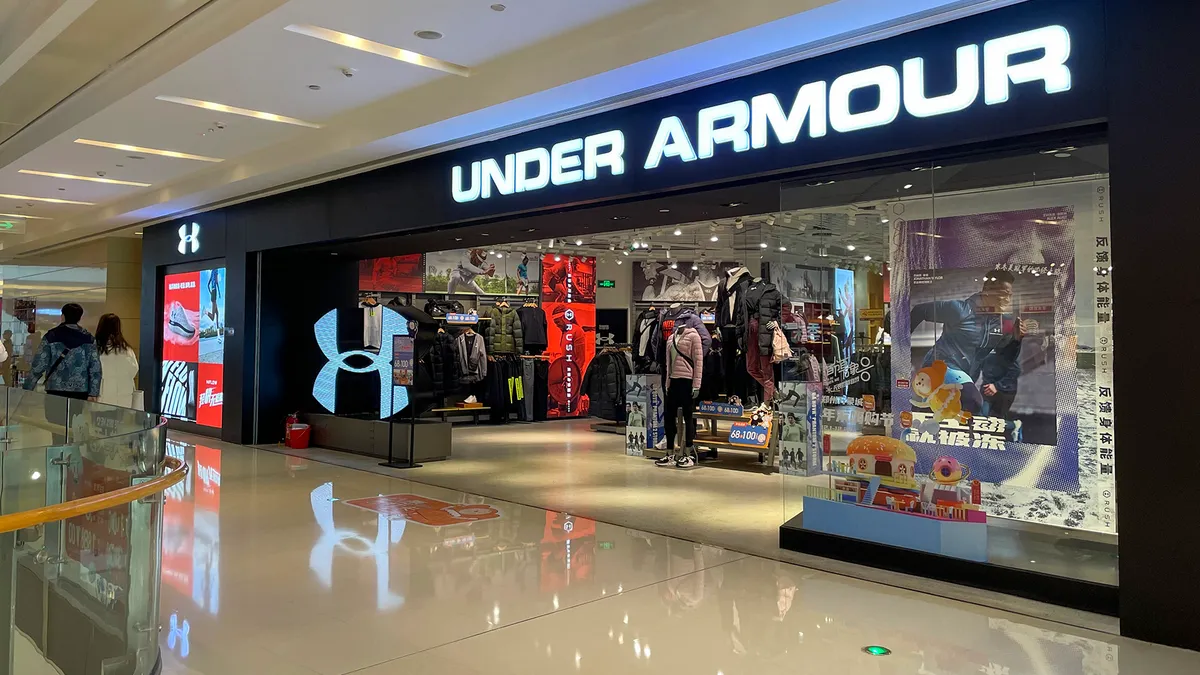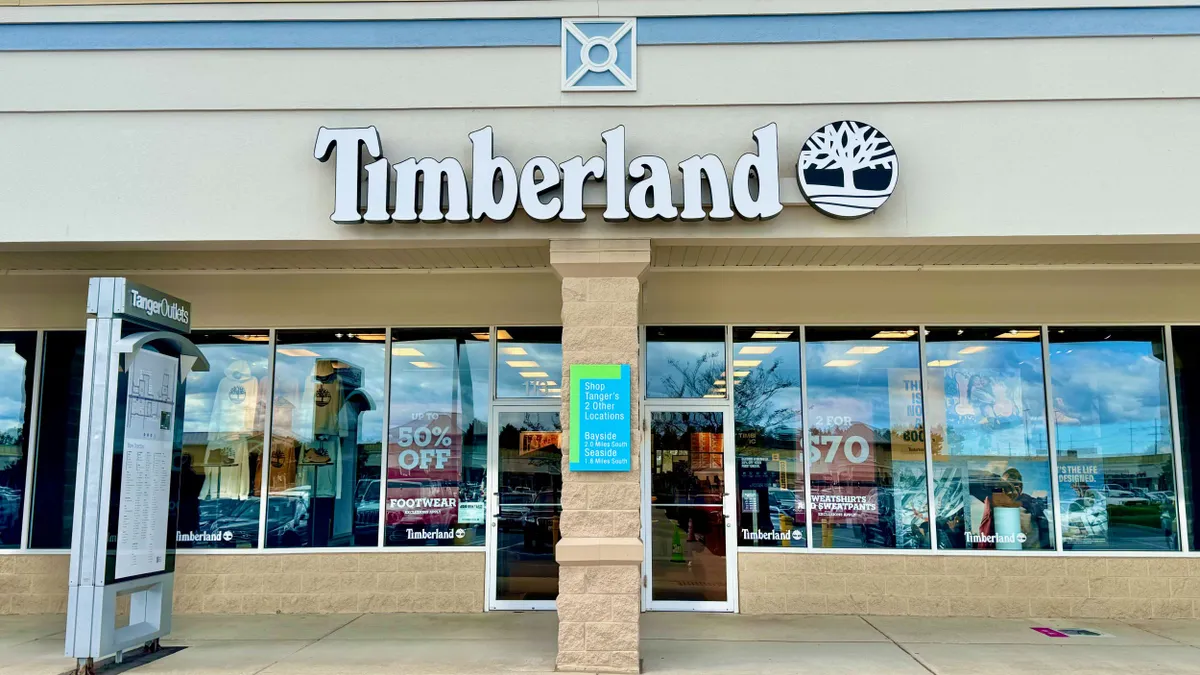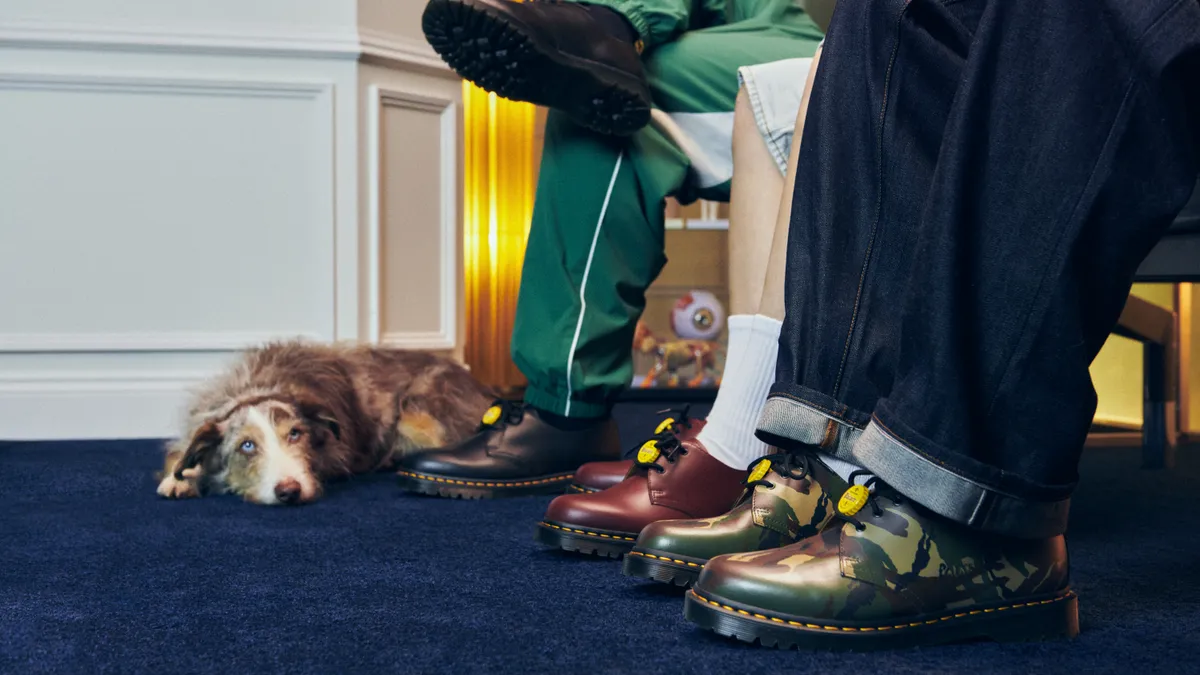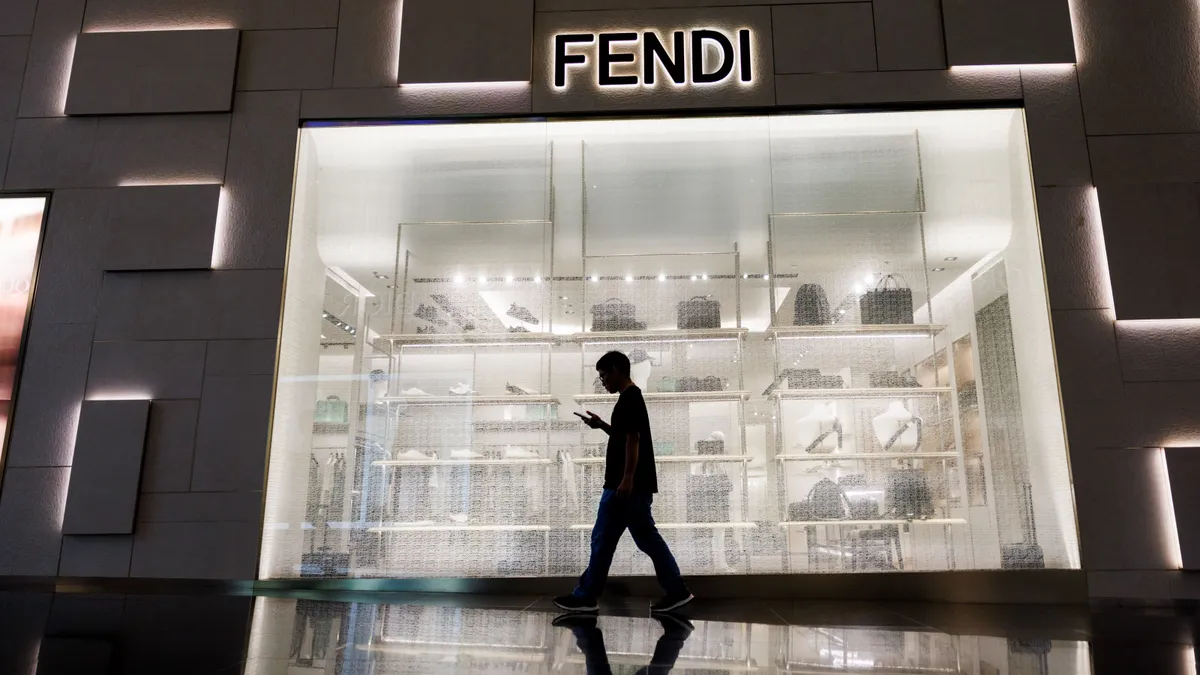The Federal Trade Commission’s lawsuit to block a deal between Tapestry and Capri Holdings may have implications that extend beyond Monday’s filing, according to fashion industry experts.
The lawsuit, which shows the agency’s recently increased M&A scrutiny, is meant to block the planned merger between Tapestry, which owns Coach, Kate Spade and Stuart Weitzman, with Capri Holdings, which owns Michael Kors, Jimmy Choo and Versace. If completed, the merger would make Tapestry one of the largest luxury players in the United States.
In its statement on the filing, the FTC accused Tapestry, which acquired Stuart Weitzman in 2015 and Kate Spade in 2017, of having a “pattern of serial acquisitions” and a “goal to become a serial acquirer.” It additionally said the deal threatens “to eliminate the incentive for the two companies to compete for employees.”
These two factors have been stressed by the FTC more since 2020 than in the last few decades, according to Barry Barnett, partner at litigation firm Susman Godfrey. Companies considering future mergers in the fashion industry should understand the factors at play in this FTC challenge, specifically the acquisition strategy piece, he said.
“The presence of both factor[s] here made a challenge likely, as it did in Kroger’s plan to acquire Albertson’s,” Barnett said in an email.
The FTC said the merger would eliminate “direct head-to-head competition” among the two companies’ owned brands and give Tapestry a dominant share of the “accessible luxury” handbag market, a term the FTC said Tapestry coined itself “to describe quality leather and craftsmanship handbags at an affordable price.” Barnett said when fashion brands consider mergers, they should beware of “self-identifying product markets” that few competitors dominate, such as this “accessible luxury” moniker.
Both Tapestry and Capri’s history of acquisitions — Capri bought Jimmy Choo in 2017 and Versace in 2018 — allowed them to accelerate their growth, something Tapestry CEO Joanne Crevoiserat pointed to when the deal was first announced in August of last year, saying those transformations informed the merger.
The FTC case was filed under seal in the New York Southern District Court, according to court filings. Barnett expects the FTC to request a hearing before the end of the year. An FTC antitrust case against airlines JetBlue and Spirit Airlines took about nine months after filing, and Barnett said he expects a similar timeline on this case.
The FTC is the last regulator to approve the transaction, which Tapestry noted in its press release on the lawsuit. Japan and the EU approved the deal on April 10 and 15, respectively. U.S. antitrust enforcers have a history of being the leader in this kind of enforcement, per Barnett.
“The FTC likely saw in the U.S. market features that make this merger more problematic for American consumers and workers than for European or Japanese ones,” Barnett said.
In its statement, Tapestry said the FTC “fundamentally misunderstands” the marketplace and the way consumers shop and “has chosen to ignore the reality of today’s dynamic and expanding $200 billion global luxury industry.”
The company said that both Tapestry and Capri face competition from both lower- and higher-priced products, and further said both companies functioned in an “intensely competitive and highly fragmented industry alongside hundreds of rival brands.”
“We have full confidence in the merits and pro-competitive nature of this transaction,” Tapestry said. “It will bring significant benefits to the combined company’s customers, employees, partners, and shareholders in the U.S. and around the world. We have strong legal arguments in defense of this transaction and look forward to presenting them in court and working expeditiously to close the transaction in calendar year 2024.”
Capri also released a statement on the day of the FTC decision, disagreeing with the move and saying the FTC was ignoring “market realities.”
Tapestry likely has always been prepared for an FTC challenge, analysts for Evercore ISI wrote in a stock note on April 17, following a New York Times report that discussed the then-rumored lawsuit.
“This was the most obvious challenge to us from the start,” the analysts wrote.
But this sentiment wasn’t shared by everyone in the legal and fashion spaces.
Jonathan Lazarow, founding member and co-chair of Ambrose, Mills & Lazarow, said the FTC’s challenge was surprising.
“The U.S. government has never taken action against LVMH or Kering, arguably the largest luxury retailers on earth that do, in fact, control a major segment of the market and can define price,” Lazarow said in an email to Fashion Dive.
Were the deal to go through, Tapestry would become the second largest luxury player in the United States, behind LVMH, with a combined market share of 6%, according to GlobalData, and the fourth largest luxury house in the world, with around 5.1% market share.
“The target market in this deal is more middle America than luxury consumer,” Lazarow said. “That makes the FTC's decision a dangerous precedent — the implication that the wealthy or well-heeled can fend for themselves. I am sure numerous consumers at Dior or LV are not millionaires.”
Brian Ehrig, partner in the consumer practice of Kearney, echoed the sentiment, saying there are other groups that are many times Tapestry’s size.
“It’s surprising to see this one being held up,” Ehrig said in an email to Fashion Dive. “M&A activity has already been slow for the last couple years so what this means is that both strategic buyers and financial sponsors will need to be very selective about the deals they pursue, which likely means fewer deals.
“This begs the question, what does it mean for consumers? And considering the economic backdrop for fashion right now is not great, this is normally when M&A would serve as a way to restructure and create value. So, beyond this deal, this action could disrupt that process.”



